How Neodymium Magnets Help in Your Packaging Projects?
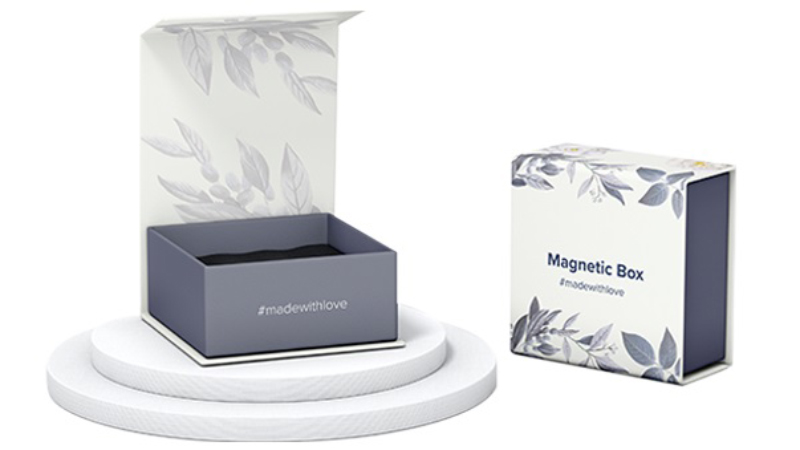
The use of magnets not only adds an extra layer of protection to the contents inside the packaging but also adds a touch of elegance and sophistication to the packaging design.
A Guide of Magnets Used in the Kitchen
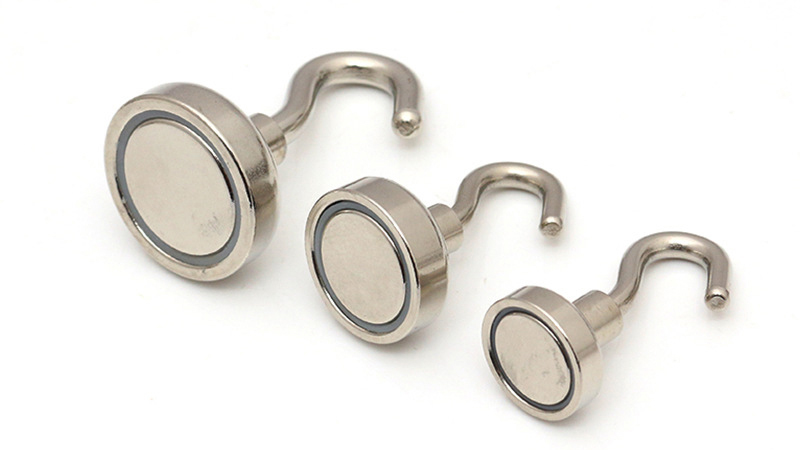
From magnetic knife racks to magnetic door catches, the presence of magnets in the kitchen has significantly impacted how we use and interact with this space.
Demagnetization Curve Of A Permanent Magnet

A demagnetization curve is a graphical representation of the strength of a permanent magnet as a function of an external demagnetizing field.
How to Measure Magnet Strength?

The term “strength” is often used to refer to both magnetic pulling force and magnetic field strength. Pulling force is a measure of the force required to separate a magnet from a ferromagnetic surface, while magnetic field strength is a measure of the intensity of the magnetic field that a magnet produces.
How Are Permanent Magnets Used in Motor Industry?
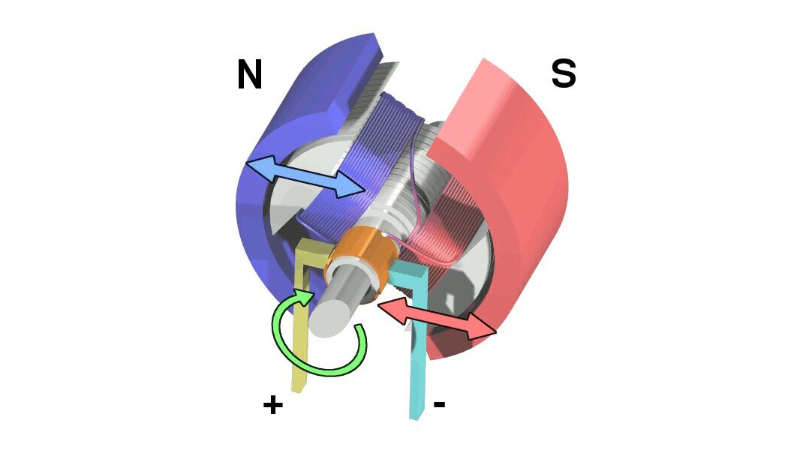
Permanent magnets are widely used in the motor industry to generate magnetic fields, which drive motors and generators. They are made from hard and rare earth materials, allowing for a more efficient and compact design in electric motors and generators. This leads to a significant reduction in energy consumption and carbon emissions.
Temperature Effects On Permanent Magnets
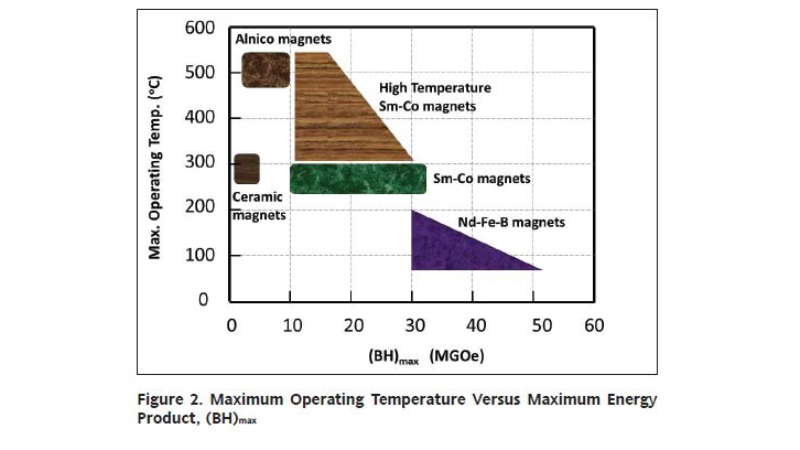
While permanent magnets are designed to retain their magnetic properties over a wide range of temperatures, their strength can still be affected by temperature changes. As a general rule, the strength of a permanent magnet decreases as the temperature increases. This is because the magnetic properties of the material change as it is heated, leading to a decrease in its magnetic strength.
3 Types Of Neodymium Magnets
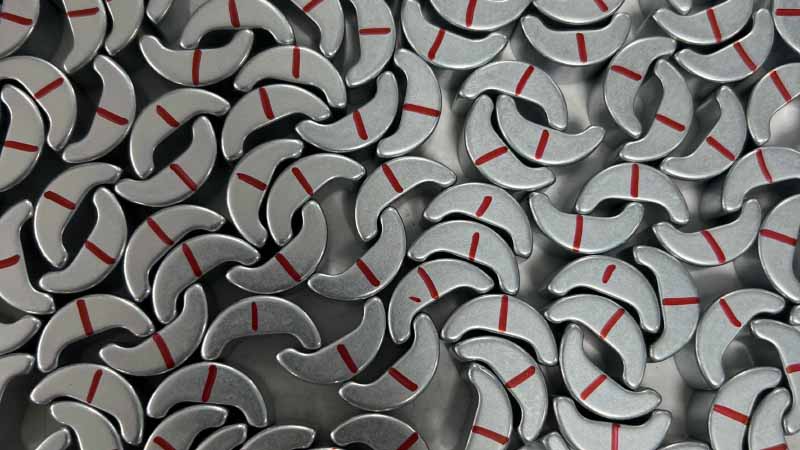
Neodymium magnets are often classified into three main categories based on their manufacturing process: sintered, bonded, and hot-pressed NdFeB magnets.
The Understanding Of Magnetic Anisotropy
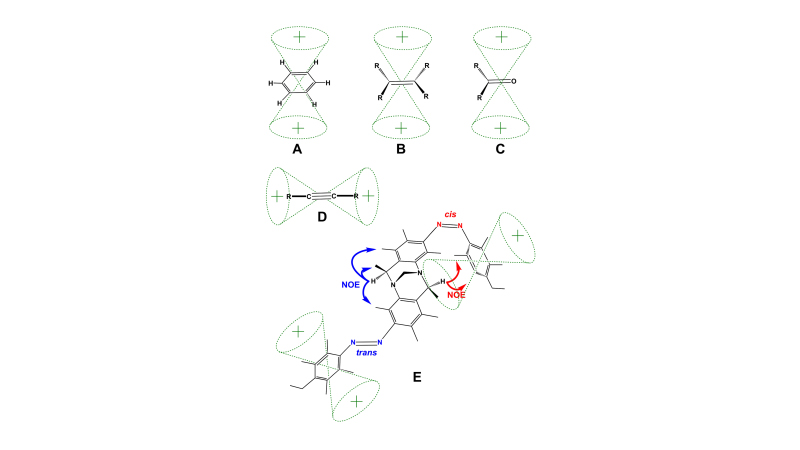
Magnetic anisotropy refers to the property of certain materials to have a preferred orientation of their magnetic moments, or “magnetization,” under the influence of an external magnetic field.
Coatings For Sintered NdFeB Magnets
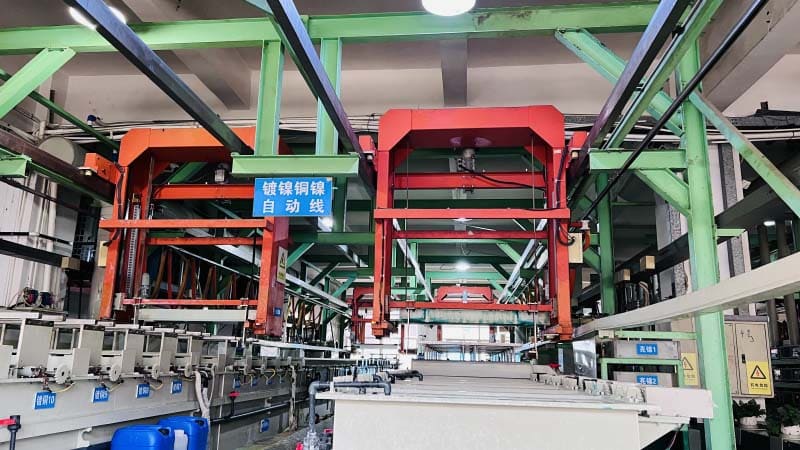
It is essential to apply strict anticorrosive treatment to sintered NdFeB magnets before use to protect them from corrosion and ensure their optimal performance.
Find N52 Grade Magnet In Your Next Project
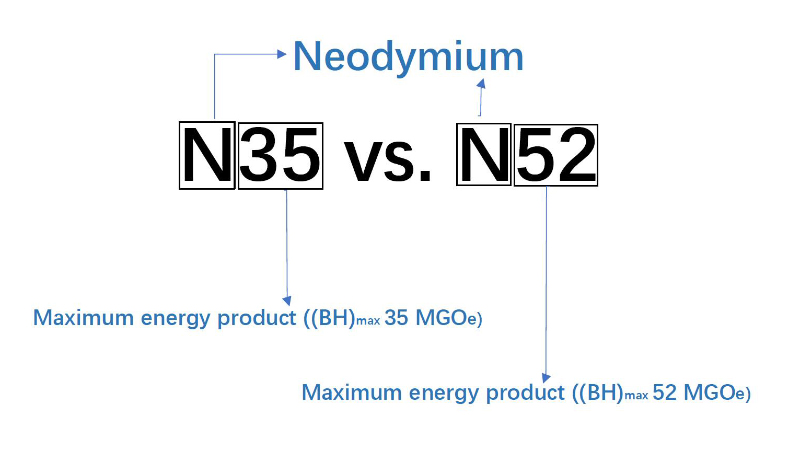
N52 grade magnets are the strongest neodymium magnet readily accessible, possessing remarkable strength that has been leveraged in numerous industries.
Permanent Magnets vs. Electromagnets

Permanent magnets, such as those made from Neodymium (NdFeB), Samarium Cobalt (SmCo), AlNiCo, and Ferrite, have a continuous magnetic field and do not require any external power source. Electromagnets, classified as non-permanent magnets, produce a magnetic field when an electric current is passed through them.
An Overview Of Grain Boundary Diffusion
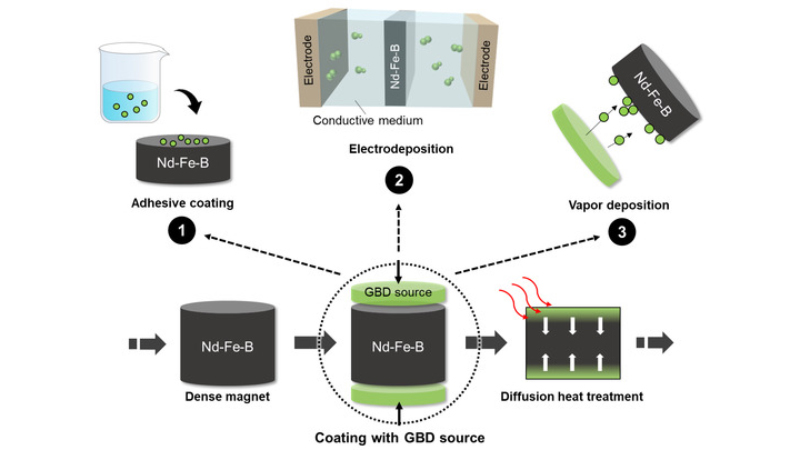
Grain boundary diffusion is a technique that has been used to improve the performance of permanent magnets.
